The Department of Health estimates that around 4,000 people attending Accident and Emergency departments each year in the UK are diagnosed with carbon monoxide (CO) poisoning.
However, accurate numbers are difficult to determine because the signs and symptoms of CO poisoning are very similar to other common illnesses and as such, are easily misdiagnosed.
This study aimed to provide evidence as to whether CO screening by Paramedics attending patients in their home could be effectively carried out, and so become part of the routine observations that are undertaken.
In addition to this, by using ambient air CO analysers, this study aimed to identify the number of patients exposed to CO in the 999 emergency ambulance environment and explore the experience of CO exposed patients and their clinical presentation.
The study aimed to produce valuable data on the incidence of CO exposure in the targeted area in the East of England Ambulance Service. The anticipated data sample was around 20,000 measurements taken over the 12-month study.

Conclusions
An incidence density of 4 patients per 10,000 incidents attended, had been exposed to CO at levels which would not have been suspected at the point of the 999 ambulance call.
Ambulance clinicians would appreciate greater awareness of CO, and supported the case for pre-hospital CO monitoring.
Recommendations
Please download the full report below.
Our research partners

University of Leeds

Manchester Metropolitan University

University of Hertfordshire

University College London
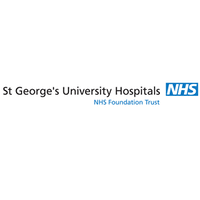
St George's University Hospitals

Sheffield Hallam University
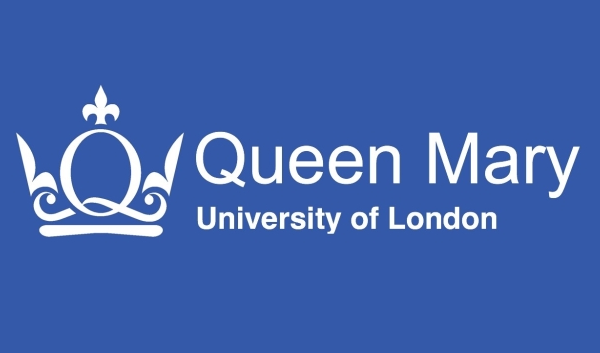
Queen Mary University of London
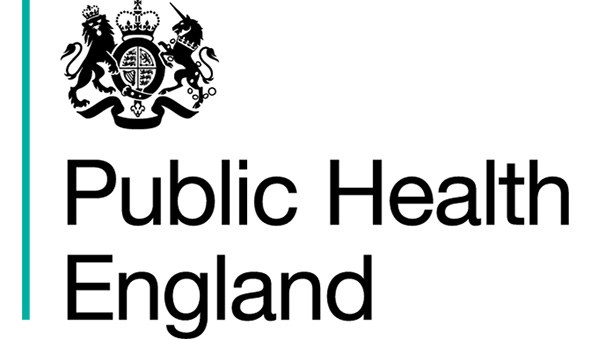
Public Health England

NPIS

Newcastle University

NEA
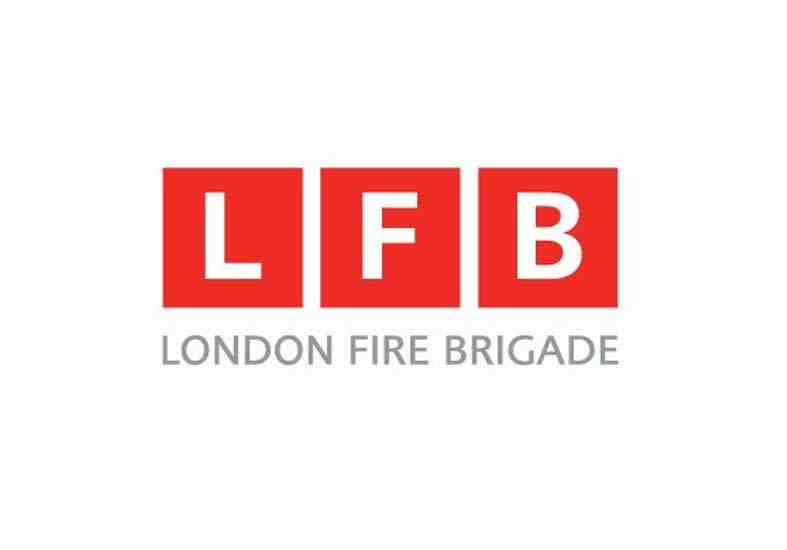
London Fire Brigade

Université de Lausanne

Imperial College London

Liverpool John Moore University

Lancaster University
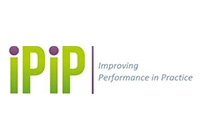
Improving Practice in Performance

IGEM

East of England Ambulance Service

Cranfield University

Brunel University London
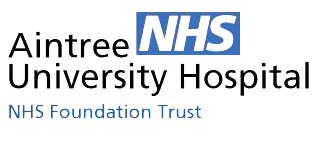
Aintree University Hospital
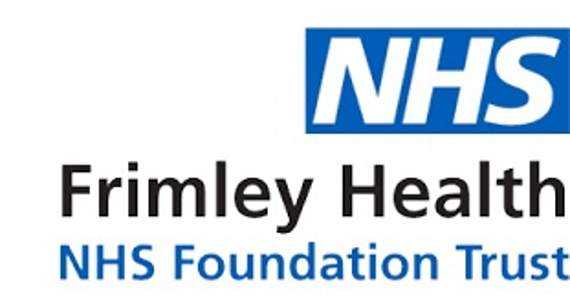
Frimley Health

University of Surrey
